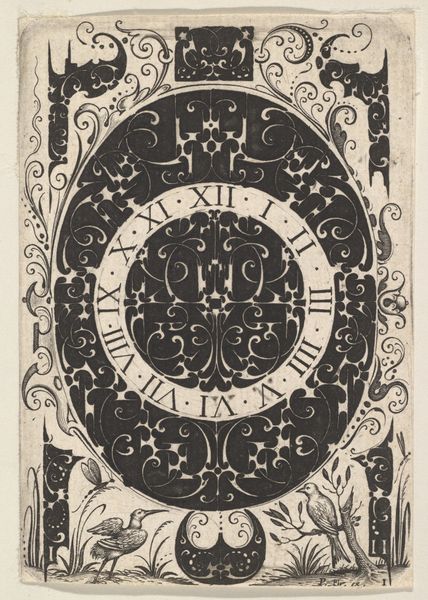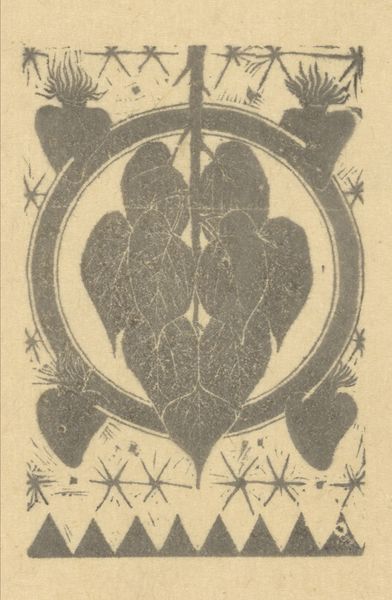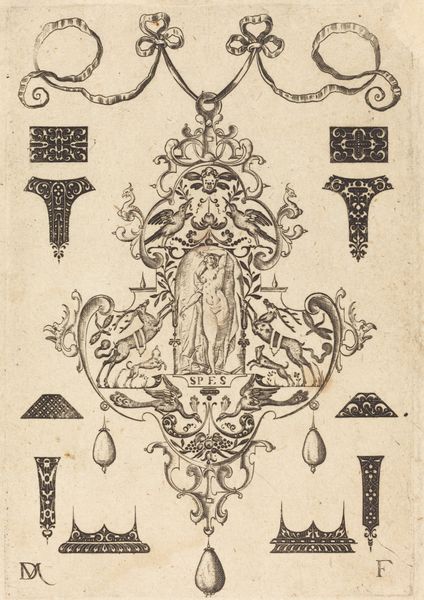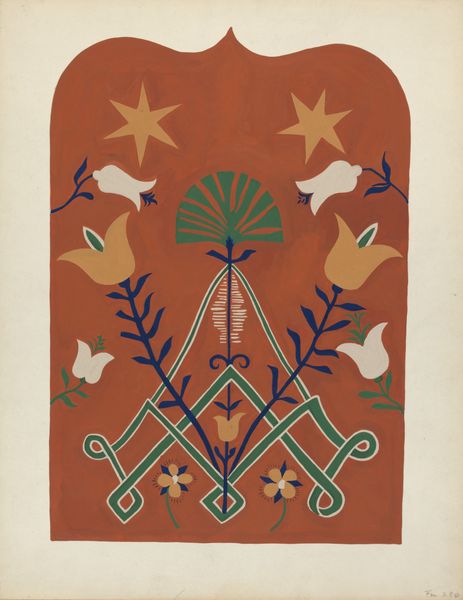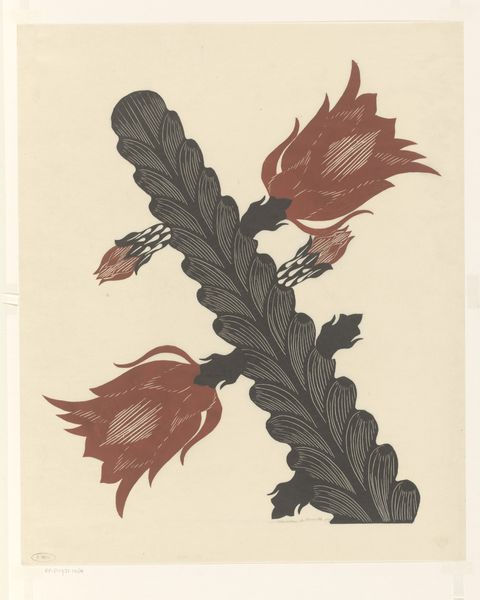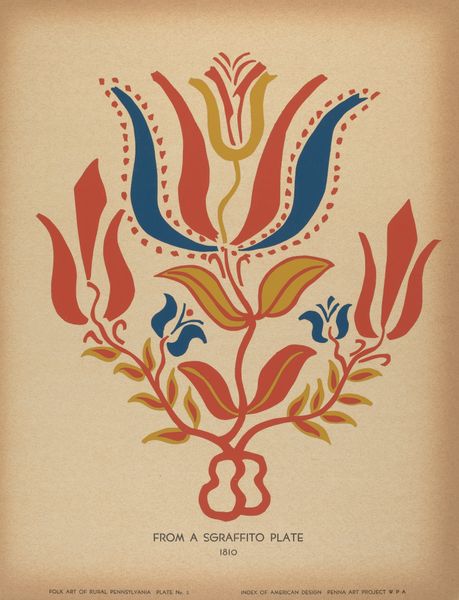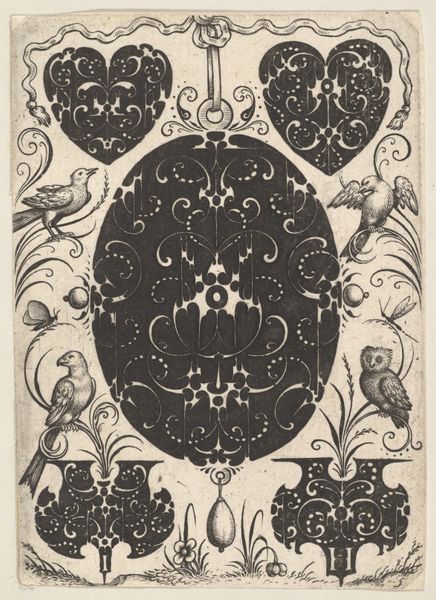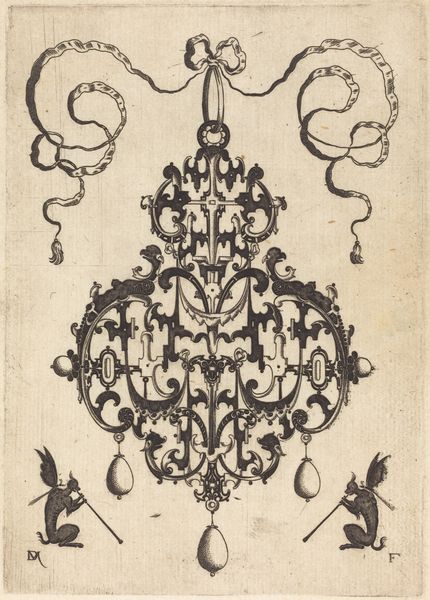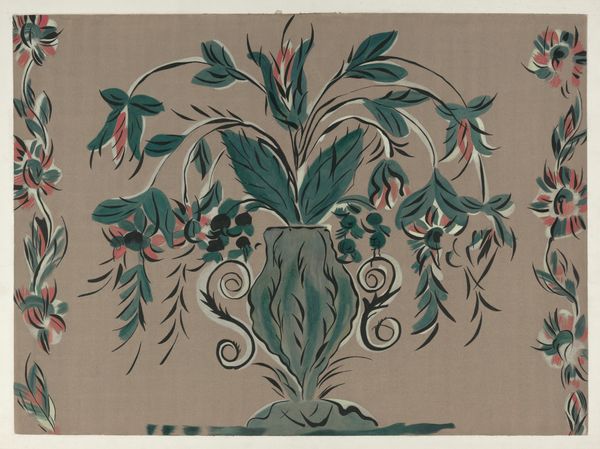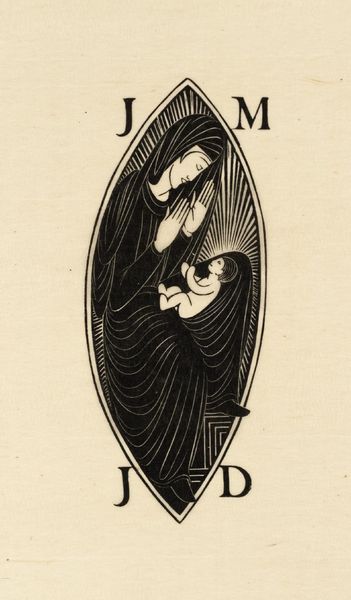![Wreath of Laurel, Palm, and Juniper with a Scroll inscribed Virtutem Forma Decorat [reverse] by Leonardo da Vinci](/_next/image?url=https%3A%2F%2Fd2w8kbdekdi1gv.cloudfront.net%2FeyJidWNrZXQiOiAiYXJ0ZXJhLWltYWdlcy1idWNrZXQiLCAia2V5IjogImFydHdvcmtzLzA0ODQ3YzhmLTBhMTItNDdlOC1hZGQ2LWRhYzFkNDk0OGFhNy8wNDg0N2M4Zi0wYTEyLTQ3ZTgtYWRkNi1kYWMxZDQ5NDhhYTdfZnVsbC5qcGciLCAiZWRpdHMiOiB7InJlc2l6ZSI6IHsid2lkdGgiOiAxOTIwLCAiaGVpZ2h0IjogMTkyMCwgImZpdCI6ICJpbnNpZGUifX19&w=3840&q=75)
Wreath of Laurel, Palm, and Juniper with a Scroll inscribed Virtutem Forma Decorat [reverse] c. 1474 - 1478
0:00
0:00
drawing, ink
#
drawing
#
11_renaissance
#
ink
#
italian-renaissance
Dimensions: overall (original panel only): 38.1 x 37 cm (15 x 14 9/16 in.) overall (thickness of original panel): 1.1 cm (7/16 in.) overall (with addition at bottom edge): 42.7 x 37 cm (16 13/16 x 14 9/16 in.) overall (thickness of addition at bottom edge): 1.9 cm (3/4 in.) framed: 59.7 x 57.8 x 3.8 cm (23 1/2 x 22 3/4 x 1 1/2 in.)
Copyright: National Gallery of Art: CC0 1.0
Leonardo da Vinci created this panel painting, “Wreath of Laurel, Palm, and Juniper with a Scroll inscribed Virtutem Forma Decorat," using oil on wood, though the exact date remains unknown. The composition revolves around a dark reddish-brown background speckled with subtle highlights, setting off the wreath of Laurel, Palm, and Juniper branches. The structure of the wreath is not merely decorative; it embodies a deeper interplay between nature and virtue, with the inscription acting as a semiotic key. The choice of botanical elements—laurel for triumph, palm for victory, and juniper for chastity—are strategically placed to create symbolic layers. The inscription, meaning 'beauty adorns virtue,' adds another layer to this coded language. Da Vinci’s formal arrangement questions the established notions of beauty and moral excellence. The textural contrast between the smooth leaves and fibrous palm fronds, alongside the scripted banner, destabilizes conventional associations of aesthetic beauty with ethical virtue. It leaves us to reflect on how these elements interact, prompting continuous interpretation and reevaluation of its cultural resonance.
Comments
No comments
Be the first to comment and join the conversation on the ultimate creative platform.

